Deccani Identity: Instrumental Logic or Deep Love of Land?
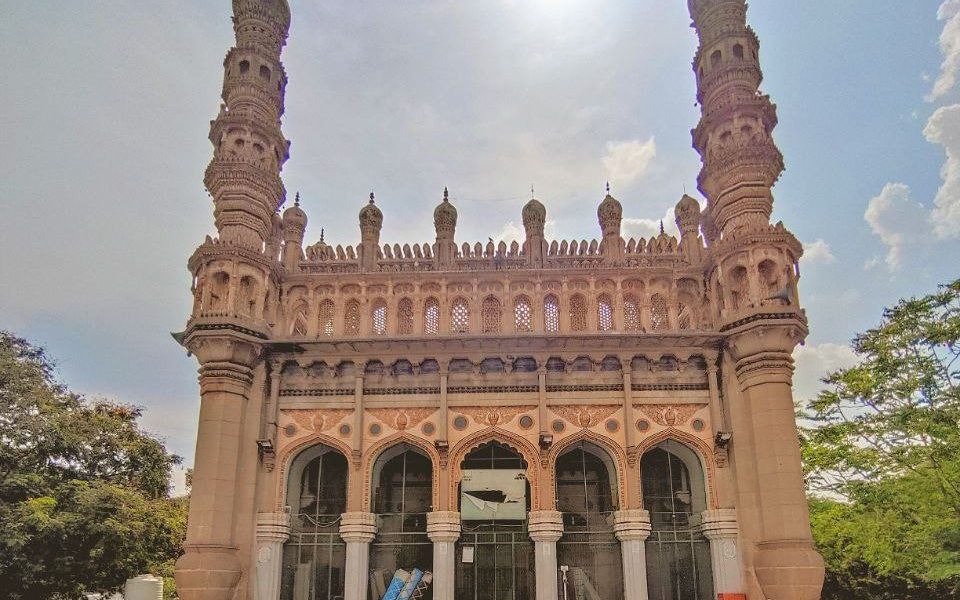
Kahat Musafir, Uttar ka, jo shahron shahron ghooma,
Dilli dekhi, Bambai dekhi, Kalkatta bhi dekha;
Bindhyachal ki gowd mein lekin Dakkan des hai aisa,
Jo aaya ek baar yahan vo apnay des na lauta.
(Says the traveler, from the North, who has visited innumerable cities,
“I have seen Delhi, I have seen Bombay, and seen Calcutta too;
But nestled in the lap of the Vindhyachals, the Deccan nation is such,
One who comes here once, never returns to his own country.”)
∼ Zubair Rizvi on Hyderabad Deccan, Lehar Lehar Nadiya Gahri (1964)
Perhaps the earliest known sources of the idea of a distinction between the southern and the northern regions of the Indian subcontinent lay in the scriptures and stories of Ramayana and Mahabharata (and possibly in the Vedas). Sage Agastya in both Ramayana and Mahabharata was said to have lived on the southern slopes of Vindhya mountains which marked a notional boundary between the north and the south. Subsequently, in texts and oral traditions belonging to Buddhist, Jain, and a number of Vedic philosophical traditions the distinction between the South and the North persists and gets reiterated.
Initially, the eagerness among the newcomers to shed vestiges of their past identity and readily absorb the Deccani culture may have been prompted by the 1347 CE revolt of the Amiran-e Sadah, the Tughlaq era Grandees of the Deccan. They were driven by a compelling desire to dissociate culturally from the centre at Delhi in order to fabricate an identity for themselves and the ‘nation’ that they had created. An example of amalgamation with existing practices can be seen in the architecture of the Deccani sultanates in which the influences of south Indian temple art and architecture are immediately apparent.
Dakhni language is another sphere where the amalgamation is pronounced. A synthesised language, Dakhni borrowed equally from Persian and Sanskrit, apart from absorbing vocabulary from Marathi and to a lesser extent from other vernaculars of the Deccan. Adopting and owning cultural markers from their new home was therefore as much an attempt to gain local legitimacy as it was an attempt to discard their older moorings. The resulting amalgamation became a new identity by itself and for the Deccan sultanates and its inhabitants. There is convincing evidence in the imperial archives that even the Mughals considered the Deccan as being a separate country, outside the bounds of Hindustan. We thus find Mughal poet Aquil Khan’s conceding that the Deccan is far more alluring than Hindustan, albeit with a proviso that it is so because of Aurangzeb’s presence in the region!
Golconda poet Tib’i couplet points to a deep love of the land that cannot be explained away as instrumental logic.
O murda hai, pairan hai uss ka kafan.
(The one who forgets his nation,
Is but a corpse; the shroud his rightful garb.)

Toli Masjid at Karwaan has interesting influences from Kakatiyan-Vijayanagara architecture. The minarets originate from a Kalash (pot) and the balconies on the minaret are supported by corbels which are often found in 13th century Warangal. Photo: Sibghatullah Khan
This Deccani identity then manifests in many forms: sometimes as suspicion of ‘foreigners’ in general and north Indians in particular. One of the earliest forms of this can be traced to the Dakhni – Afaqi conflict of Bahmani times. An influx of migrants from Persia, who were referred to as Afaqis (aliens), and their increasing influence over the Royal Court was strongly resented by the entrenched Dakhni population, who by then had succeeded in forging the concept of Deccani nationalism. The conflict eventually led to the assassination of Mahmud Gawan, the Afaqi Grand Wazir of the Bahmanis, triggering the decline and eventual fall of the dynasty. That these sentiments prevailed in the region and found expression periodically is substantiated in historical accounts. During the rule of the Nizams, they would reappear once again as the Mulki-Non Mulki (National-Foreign) conflict against the large-scale induction of North Indians into Hyderabad State service. Post reorganisation of states on linguistic basis, settlers from Andhra would replace North Indians as the undesirable Non-Mulkis. This wariness lay at the heart of the political and economic struggle that led to the Telangana state eight years ago.
The Deccani identity took a firm hold of the region by the time of Mohammed Quli Qutb Shah, the founder of Hyderabad. The poet laureate of his times, Asadullah Wajhi, is thus not content with merely adulating the Deccan. He is compelled to declare that his own region, Telangana, is indeed the very best even within these glorious lands.
Dakhan sa nahin Thaar sansaar mein,
Punaj fazilaan ka hai iss Thaar mein.
Dakhan hai nageena angoThi hai jag,
AngoThi koun hurmat nageena hai lag;
Dakhan mulk koun dhan ajab saaj hai,
Kay sab mulk sar howr Dakhan taj hai;
Dakhan mulk bhowteej khasa ahay,
Telangana iss ka khulasa ahay.
(Comparable to the Deccan, there is no place on earth;
Indeed, to innumerable intellectuals it has given birth.
The Deccan is a gem, the world a ring;
And verily the gem makes it a worthy thing.
Amazing grandeur to the Deccan nation brings renown;
For all other nations together, wear the Deccan as a crown.
The Deccan – a land of dazzling luminescence,
And Telangana indeed is its very essence.)

The tomb of Muhammad Quli Qutb Shah has one of the first evidences of stone being used on a mausoleum within the Qutb Shahi Necropolis. This is after the fall of Vijayanagara and sacking of Hampi in 1565. Photo: Sibghatullah Khan
Post independence, nationalist historians have on occasion claimed that the Mughals succeeded, where most others had failed, in forging a monolithic identity for India and its citizens by bringing about a “a political uniformity and a sense of larger allegiance”. We just have to look at the Deccan region during that period to realise the limits to this assertion. The successor states of the Bahmanis remained steadfast in their conviction that they were different. Their point of view persisted well into modern times with inhabitants of the region asserting their nationality as being “Dakhni” in contrast to north Indians who were designated “Hindustani”. There still exists, even if only in name, a locality in the Troop Bazar area of the city, which is known as Hindustani Galli.
Soon after the Asaf Jahis took control of the Deccan in the 17th century, the process of differentiating their regime from that of the Mughals was afoot. When the curtains finally came down on the Mughal dynasty in 1857, Hyderabad witnessed a fresh wave of migration from the north. With Oudh having already been taken over by the British, Hyderabad was largely perceived as the last remaining vestige of the Mughal empire. The Nizam and his nobles may have been happy with being identified with the Mughals. But the general population was reluctant to yield space to the hordes from Hindustan who made a beeline for their state.
Sanbhal kar Chal aray Hindustani
Mughalpura hai yeh Dilli nahin hai
(Tread with caution here o’ you Hindustani;
This is Mughalpura, not your Delhi)
Inhabitants of the Deccan claim that they are more deeply rooted in their region when compared to people from other parts of the country. That there is some truth in this assertion becomes apparent when one encounters expressions of determined resistance to change, both geographical and linguistic, in the Dakhni corpus in post the Sultanate period. We thus find Syed Meeran Hashmi, in his epic Yousuf Zulekha composed in 1689, willing to even risk his livelihood rather than change his Dakhni diction to suit the Persianised tastes of his new patron who happens to be a Mughal.
Tera shair Dakhni hai, Dakhnich bol.
(Why bother about patrons, in your own words do state;
Your poetry is Dakhni, and only in it should you narrate.)
Around the same time, we encounter Qazi Mehmood Bahri (d. 1718) refusing Aurangzeb’s offer of a life of luxury in the North and preferring a life of penury in the Deccan. He claimed that his bond with the Deccan was akin to what existed between Nal and Damayanti. As such, for him, remaining in the Deccan was as integral to survival as it had been for the epic lovers.
Bahri ku Dakhan yun hai ke jiyun Nal ko Daman hai;
Bas Nal ko hai laziam ke Daman choR na jana.
For it’s binding for Nal to not part from Damayanti.)
The diverse ways in which the Deccani identity is invoked in textual sources and oral traditions over the last millennium indicate that newcomers to the Deccan adapted to the ways of the land, developed strong affinities to local landscapes, adopted cultural practices and markers. Although the North-South distinction in the landmass of India is much older, the Deccani identity begins to get crafted around the time of the fall of the Delhi Sultanate. Since then, it evolved into a rich composite identity which serves both as a site of belonging and as a way to distinguish oneself from others.
The article first appeared in The Wire as part of the series Many Worlds of the Deccan.
Related Articles
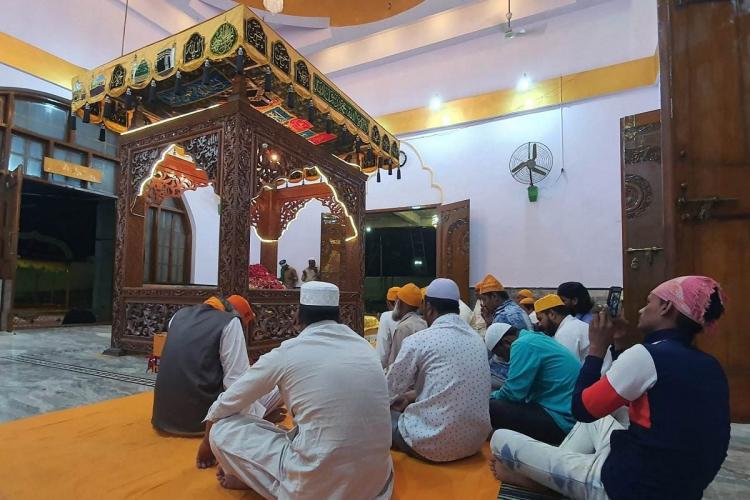
How the Dakhni language defines cultural intimacy and regional belonging
In mid-2019, I embarked on a month-long language homestay program in Jaipur to train myself in spoken and written Hindi. After which, I confidently journeyed to Hyderabad to commence my fieldwork for my PhD dissertation in anthropology. To my dismay, I found it...
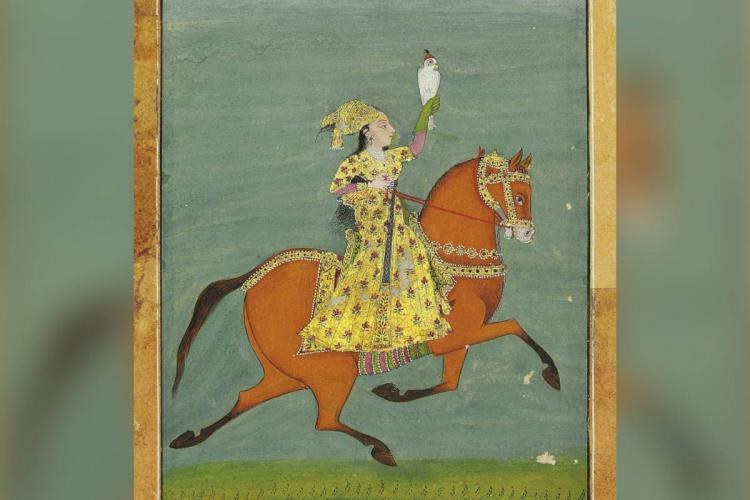
Chand Bibi, a queen from the multi-ethnic medieval Deccan
Where in the historical record and in historical consciousness does Chand Bibi (1550-1600) – the queen regent of Bijapur and Ahmadnagar – belong? Chand Bibi Sultan is well-known in India for valiantly defending her natal kingdom of Ahmadnagar in 1595, from the most...
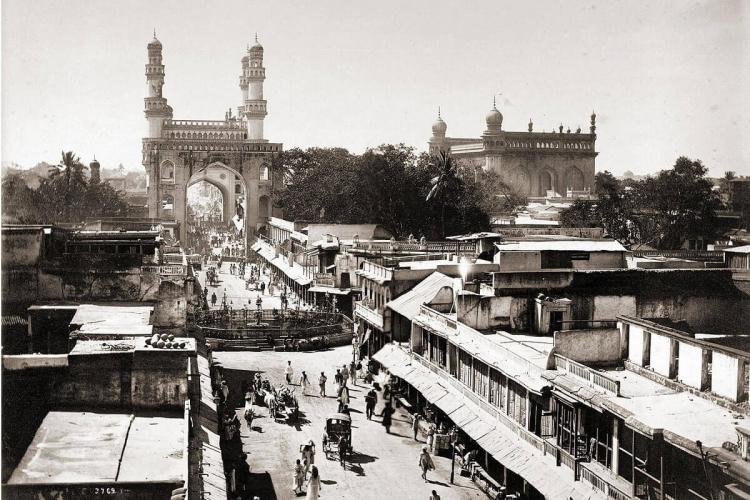
Becoming a Deccani artist: Tracing the history of Hyderabad’s School of Art and Crafts
In the 1930s and 40s, debates on education across India focused on designing job and industry-oriented technical and vocational training. Against this backdrop, Hyderabad nurtured a second focus — that of preserving and promoting its artistic heritage from ancient...

Search for the past: Stories from the dusty archives of the Deccan
As I sifted through some administrative reports of the Asaf Jahi state at the Telangana State Archives in Hyderabad, the archivist/official, a very patient man, sat there trying to match the details written on a small piece of white paper with the endless lists from a...
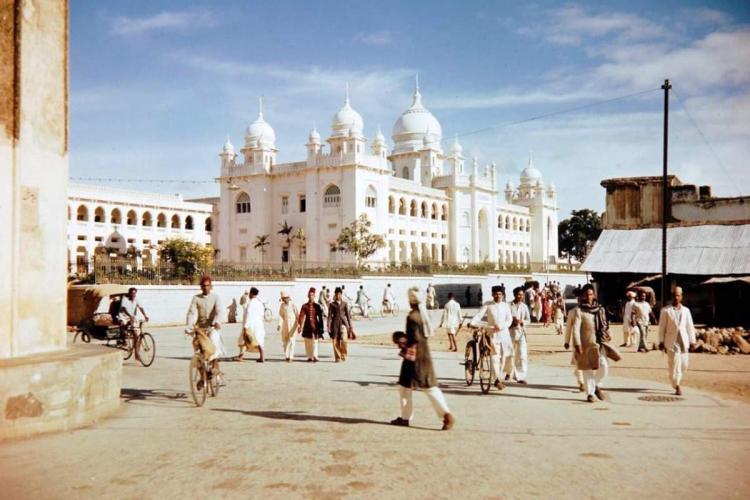
What the Hyderabad-Deccan region teaches us about belonging
During fieldwork for my PhD on Hyderabad-Karnataka in the year 2017, I was interviewing women migrants from the region living in Bengaluru and working as construction labour, about their experience of migration. The region is one of the most neglected parts of...
